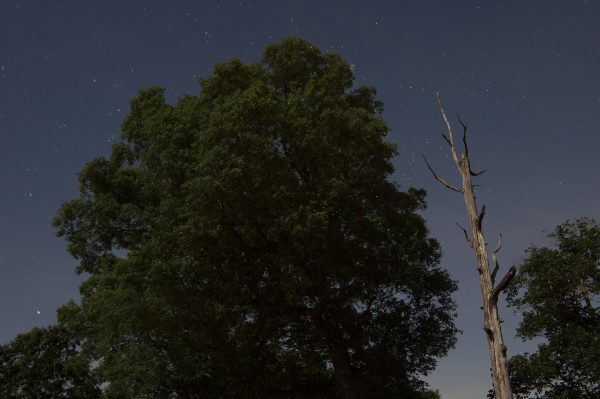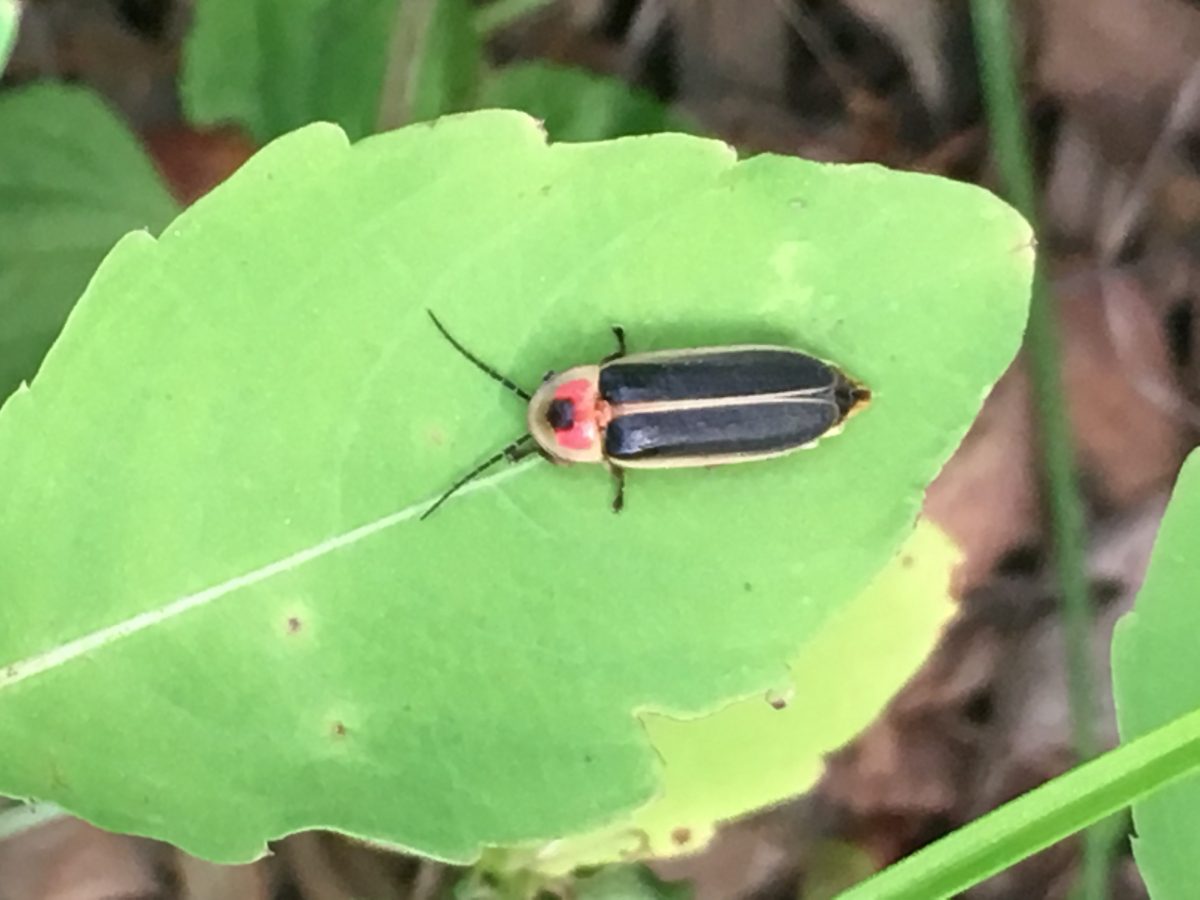How to help fireflies — and save a bit of summer magic

A bobwhite quail calling from the edge of a stubbled hayfield. Honeybees buzzing in every patch of clover. Fireflies hovering just beyond reach as dusk gives way to night. These are the images that come to mind when I think back to summers outdoors in the Uwharries when I was young.
Little did I know that over the course of my lifetime, each of those species would experience precipitous population declines. Or that I’d be so devoted to saving them.
For many people, managing habitat for quail or maintaining a beehive isn’t really an option. But it isn’t difficult to improve conditions for fireflies, whether you live on a sprawling farm in the Uwharries or a suburban lot in Charlotte.
The start of summer seemed an appropriate time to share some advice from the Xerces Society, “an international non-profit that protects the natural world through the conservation of invertebrates (critters that lack a backbone) and their habitat.”
I’ve seen positive results after implementing many of the suggestions listed in their brochure Firefly Conservation: A Guide to Protecting the Jewels of the Night. In my backyard in Charlotte, I’ve noticed an increase in big dipper fireflies (Photinus pyralis), and I’ve even attracted Christmas lights fireflies (Photuris tremulans).
We’ve seen their populations explode in the Uwharries, thanks in part to the way we manage our native grasslands. In fact, I’m hoping additional species will reveal themselves if I pay closer attention to their behaviors and flash patterns.
As a bonus, doing right by fireflies also benefits many songbirds, butterflies and other pollinators. And it will allow future generations of kids to enjoy the magic of catching fireflies in their own backyard.

A firefly in the daytime. Photo: Ruth Ann Grissom
What you can do: Recommendations from the Xerces Society
Protect, enhance or create habitat for fireflies
- Avoid pesticide use. Seek nonchemical pest-management options.
- Minimize activities that could cause trampling of larvae and flightless females, which live underground and at ground level. Use paths to avoid trampling fireflies.
- Set aside natural areas of your yard that provide important habitat features, such as downed wood, leaf debris, and unmowed vegetation.
- Plant native grasses, shrubs and trees of varying heights.
- Enhance moisture availability by planting for shade or adding a water feature.
Eliminate unnecessary lighting that contributes to artificial light at night, and reduce the effect of lights that must stay on.
- Use motion detectors or timers to limit the amount of time lights shine.
- Shield lights so they only illuminate the intended area, such as a pathway.
- Switch out bright outdoor lighting for red bulbs or cover existing bulbs with red filters.
- Close curtains at night to reduce the amount of indoor light that spills outdoors.
You can find the full brochure and detailed recommendations online.